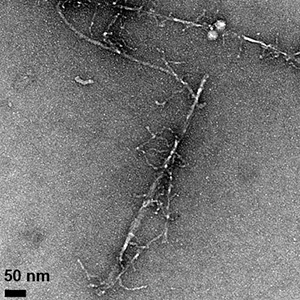
Amyloid plaque reduction with aducanumab: example amyloid PET images at baseline and week 54. Axial slice shows anatomical regions in posterior brain putatively related to Alzheimer’s disease pathology
The researchers furthermore demonstrated in an early stage clinical study that, after 1 year of treatment with Aducanumab, cognitive decline could be significantly slowed in antibody-treated patients as opposed to the placebo group. Although the causes of Alzheimer’s disease are still unknown, it is clear that the disease commences with progressive amyloid deposition in the brains of affected persons between 10 to 15 years before the emergence of initial clinical symptoms such as memory loss...
Read More








Recent Comments